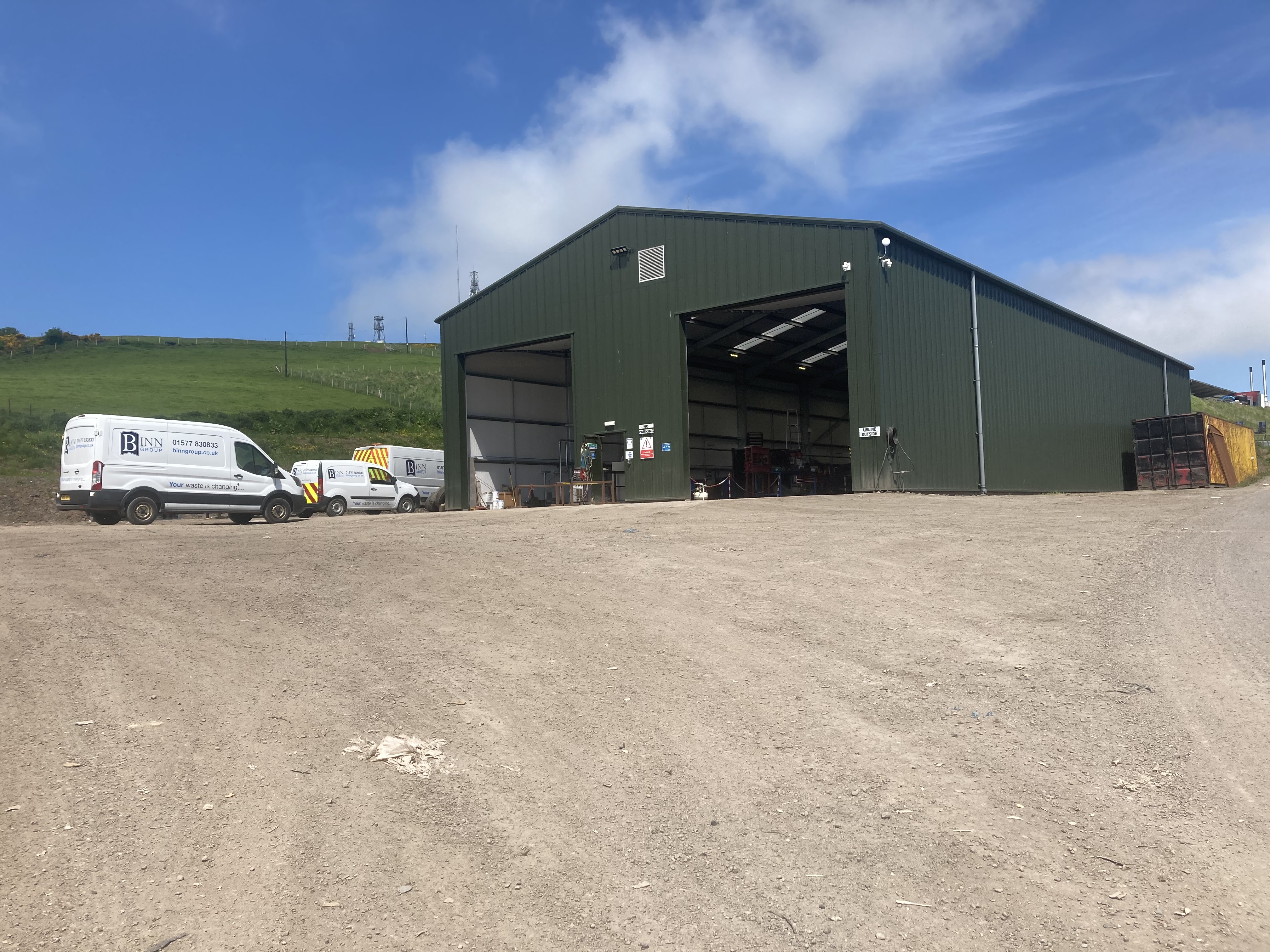Title Page
-
Client / Site
-
Location
-
Conducted on
-
Prepared by
-
Nature of work
Hazards
-
Select existing hazards on site
- Falling objects
- Splashes and sprays of toxic materials
- Slip and trip hazards
- Electrical equipment
- Extreme temperatures
- Noise
- Harmful gases and radiation
- Diseases, viruses
- Working at heights
- Other
-
Other hazards
-
Are the effects of these hazards discussed to all employees?
PPE Discussion
-
1. Head Protection
PPE includes hard hats and headgears and should be required for tasks than can cause any force or object falling to the head. Ensure that there are no dents or deformities on the shell and connections are tightened inside. Do not store in direct sunlight and always replace a hard hat if it was used for any kind of impact, even if damage is unnoticeable.
2. Face and Eye Protection
PPE includes safety goggles and face shields and should be used for tasks that can cause loss of vision and an eye, burns, splashes, sprays of toxic liquids etc. Ensure that there are no cracks or deformities on the lenses, ensure the strap is in good working order and is firmly sealed to the cheek and forehead.
3. Foot Protection
PPE includes knee pads and safety boots and should be used for tasks that can cause serious foot and leg injuries from falling or rolling objects, hot substances, electrical hazards and slippery surfaces. Use boots with slip-resistant soles that protect against compression and impact.
4. Hands Protection
PPE includes safety gloves and should be used for tasks that can cause hand and skin burns, absorption of harmful substances, cuts, fractures or amputations. Ensure that they fit perfectly with no spaces and are free from cuts, burns and chemical residue. Always replace them if any sign of contamination was observed.
5. Body Protection
PPE includes safety vests and suits and should be used for tasks that can cause body injuries from extreme temperatures, flames and sparks, toxic chemicals, insect bites and radiation. Ensure that they are clean and free from cuts and burns. Always get a good fit to ensure full body protection.
6. Hearing Protection
PPE includes ear muffs and plugs and should be used for tasks than can cause hearing problems and loss of hearing. When ensuring hearing safety, the equipment must fit the ear canal perfectly. Recommended types include formable earplugs to fit on different sizes of ear canals.
7. Fall Protection
PPE includes safety harnesses and lanyards and should be strictly used for task that can cause falling from heights and serious injury or death. Ensure that the straps are free from tears, deformities and burn marks and buckles are connected securely and tightly. It is very important to dispose them if used after a falling incident.
8. Respiratory Protection
PPE includes respirators and should be used for task that can cause inhalation of harmful materials to enter the body. Ensure that the equipment is fit-tested and the employee has undergone proper training before wearing one. -
Are PPE available and sufficient to all workers?
-
Do all employees know how to use appropriate PPE?
-
Was there an accident or near miss due to not wearing proper PPE?
-
Are there damaged or worn out PPE which need repair or replacement?
-
Was there an accident or near miss due to faulty PPE?
-
Are there other concerns?
-
Other issues and concerns
Recommendations
-
Recommendations
Confirmation
-
Full Name and Signature of Inspector
-
By signing this, you confirm that the information discussed during this meeting were fully understood.
-
Click + to add signee
Signee
-
Full Name and Signature of Participant











